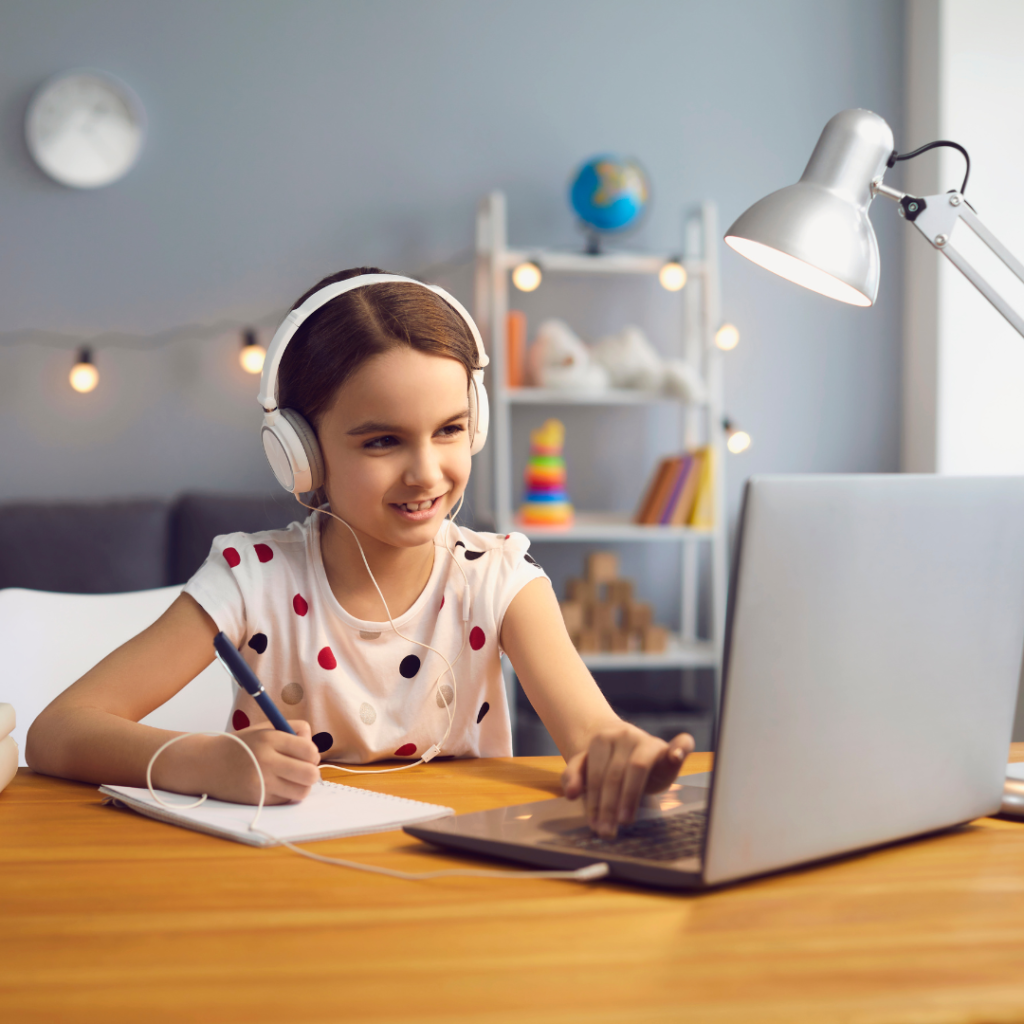In the rapidly evolving landscape of education, technology has emerged as a powerful tool, revolutionizing the way we teach and learn. Nowhere is this transformation more evident than in early childhood classrooms, where interactive screens and digital devices have become common sights. However, as educators and caregivers, it’s essential to tread carefully, balancing the benefits of technology with the timeless value of hands-on learning experiences for young children.
Embracing the Benefits of Technology

Technology in the classroom holds immense potential to supplement traditional teaching methods and cater to diverse learning styles. Interactive educational apps can captivate children’s attention and make learning more accessible and enjoyable. Moreover, digital tools enable personalized learning experiences, allowing educators to tailor instruction to individual needs and interests. Through multimedia resources and online platforms, children can explore concepts in innovative ways, fostering creativity and critical thinking skills.
Understanding the Importance of Hands-On Learning

While technology offers numerous advantages, it’s essential not to overlook the importance of hands-on learning experiences. Hands-on activities stimulate children’s senses, promote motor skills development, and deepen conceptual understanding through tactile exploration. Whether it’s building with blocks, conducting science experiments, or engaging in artistic endeavors, hands-on learning fosters curiosity, creativity, and problem-solving skills. Furthermore, physical interaction with materials and peers nurtures social-emotional development and builds collaborative skills essential for success in the 21st century.
Striking the Balance
Achieving a harmonious balance between screen time and hands-on learning is key to providing a holistic educational experience for young children. Here are some strategies to help educators and caregivers navigate this balance effectively:
Purposeful Integration: Integrate technology into the curriculum purposefully, ensuring that digital tools enhance learning outcomes and engage children in meaningful activities aligned with educational goals.
Scheduled Screen Time: Establish clear guidelines for screen time, incorporating it into a structured daily schedule alongside hands-on activities. Limit screen time to age-appropriate durations and balance it with ample opportunities for physical play and exploration.
Interactive Engagement: Encourage interactive engagement with technology, where children actively participate in creating content rather than passively consuming it. Whether through coding exercises, digital storytelling, or multimedia projects, empower children as creators and innovators.
Outdoor Exploration: Prioritize outdoor play and exploration to complement screen-based learning experiences. Nature offers rich opportunities for sensory exploration, physical activity, and imaginative play, fostering holistic development in young learners.
Educator Guidance and Supervision: Provide guidance and supervision during screen time, offering support and scaffolding to ensure children’s safety and meaningful engagement with digital resources.
Technology holds immense potential to enhance early childhood education, offering innovative ways to engage young learners and personalize learning experiences. However, it’s imperative to strike a balance between screen time and hands-on learning, ensuring that children receive a well-rounded education that nurtures their cognitive, physical, and socio-emotional development. By adopting a blended approach and mindful use of technology, educators can harness its benefits while preserving the essence of hands-on learning in the early years.
